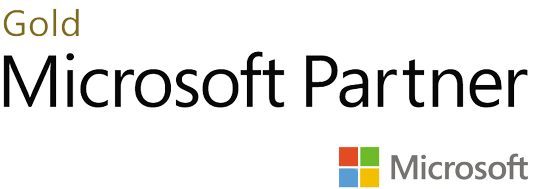Going Full Circle – A Return To Standardisation
Standardisation, once the limiting factor, is now the very thing driving usability and innovation. There are so many standard features companies can leverage, they are able to effectively design a system around their needs whilst paying for an “out of the box” solution.
The principle catalyst behind this change is the rise of apps. Rather than making direct changes to the code, customisation now involves choosing from an ever growing suite of apps to add to the basic platform. In some instances, these apps are sector agnostic, like our expense management tool, and in others they designed around the needs of particular industries, like our business management solution, Just-TV.
This structure makes it far easier for the core platform to be maintained whilst still catering to the particular needs of each customer.
Enhanced Documentation
As explored in the previous article, documentation was all too often an afterthought in the early days of dynamics development, as the constant customisation and iteration meant ever shifting goal posts.
With a return to standardisation, along with a greater desire from customers to measure the success of their projects against pre-agreed criteria, planning and design documentation has become more thorough and prevalent than ever before. And of course, because of the horizontal and vertical nature of the new apps, many of the costs can be distributed across multiple companies within that particular category, easing the financial burden for any single party. For instance, with our investment in apps and documentation for the TV and film industry over the last few years, we have been able to transform the experience of Dynamics for customers in those sectors, whilst minimising heavy individual costs.
The Code – From C/AL to AL
Dynamics 365 has made a big change to its code, shifting from C/AL to AL, a newer language based on Visual Studio Code. This shift aligns with industry standards and offers a better and more connected development environment. AL is easier to understand and use, and offers a more standardised way of writing code that’s clearer and more consistent than its predecessor. It’s designed to be flexible, making it easier to customise and update. AL also has better ways to handle errors with web services and APIs, meeting the needs of modern applications.
An ‘Appier’ Solution For Everyone
The new focus on apps means providers can just update their apps, not the whole core solution. This lets Microsoft innovate across its cloud platform, cutting down on costs and complexity while adding more value and innovation.
The Ongoing Challenge of Finding Cloud Platform Talent
The one thing that hasn’t changed is the struggle for talent. Finding skilled people for cloud platforms continues to represent a significant challenge. However, companies are working on this by building their teams and starting apprenticeship programs. Training is more accessible than ever before, with lots of interactive online resources. Also, the move towards low code/no code is making it possible for more people to contribute to development. For instance, tools like Power BI allow people with no coding skills to create reports and dashboards, easing the load on developers and giving users more control over their data.
With better training and continued expansion of low code/no code solutions, the difficulty in finding development talent might one day be a thing of the past.



